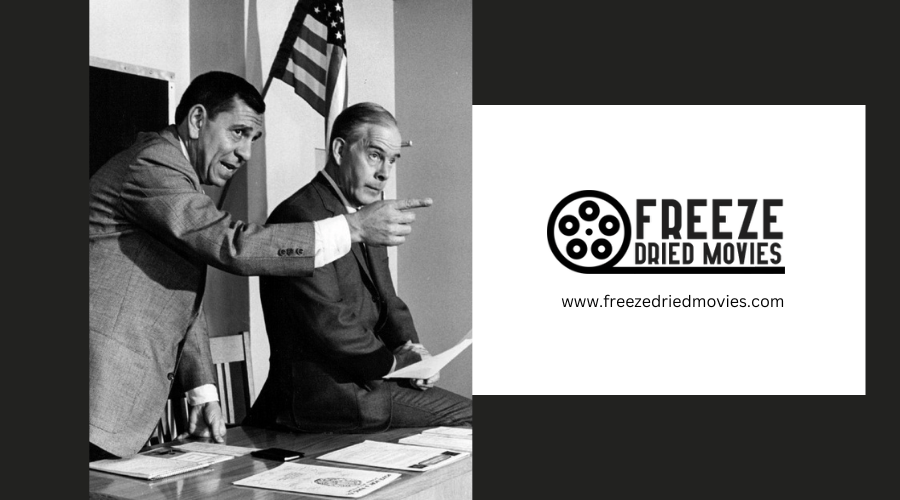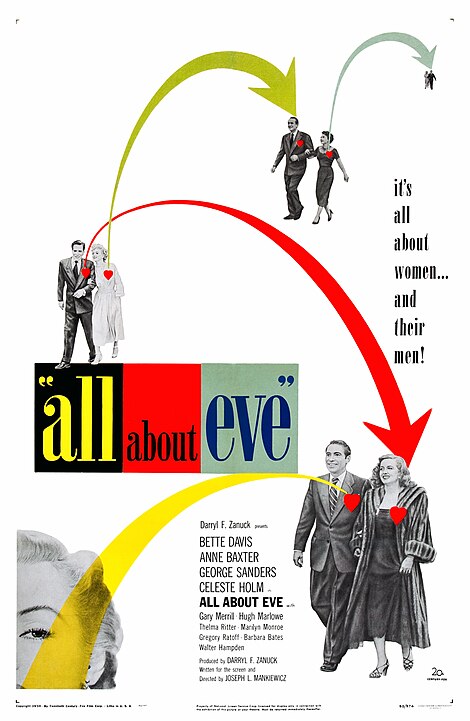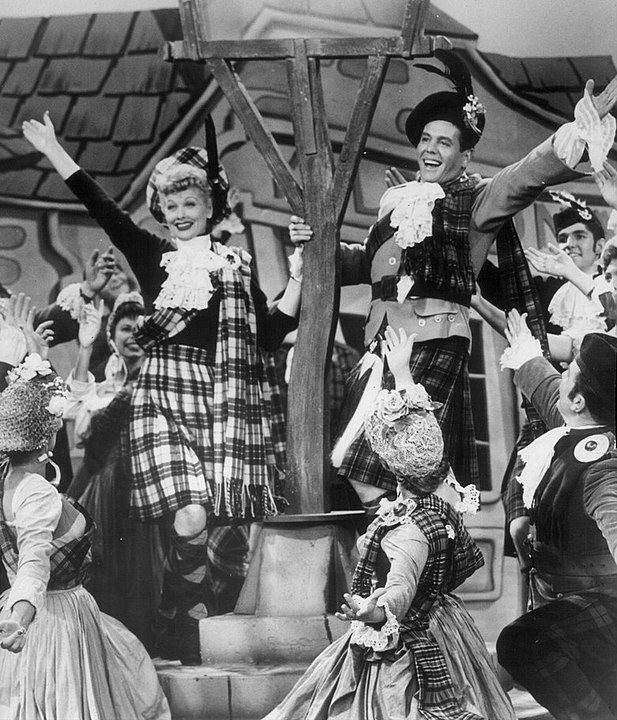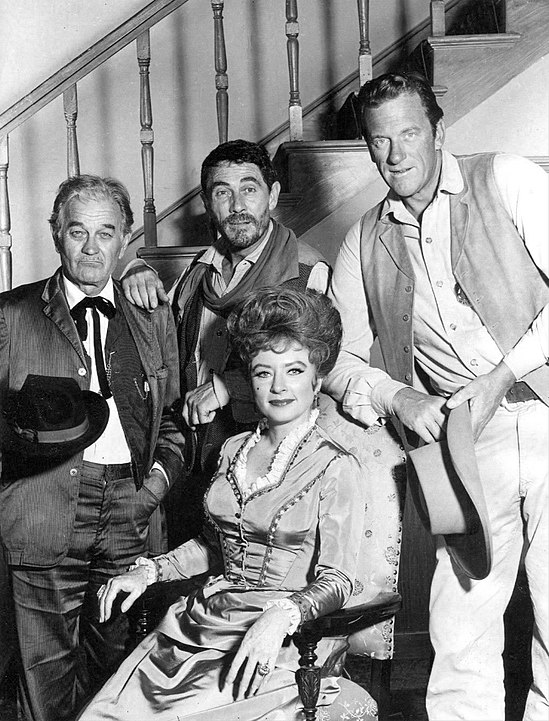You’re on the verge of stepping into a journey back to the 1950s, a transformative era that reshaped the landscape of television and cinema with its award-winning dramas. Imagine settling in front of your TV, captivated by the gripping narratives of ‘Perry Mason’ or the ethical dilemmas presented in ‘Dragnet’. Or perhaps you’re in a theater, watching ‘All About Eve’ sweep the Academy Awards. These iconic dramas not only entertained but also mirrored the societal shifts of their time, challenging audiences to think critically. Now, let’s explore how these masterpieces continue to influence the art of storytelling today, leaving you wondering what made this decade truly golden.
Key Takeaways
- ‘Perry Mason’ captivated audiences with its courtroom drama and intricate legal battles.
- ‘Dragnet’ set the standard for crime and justice dramas, influencing the genre for decades.
- ‘I Love Lucy’ blended comedy and drama, redefining storytelling in television.
- ‘The Twilight Zone’ introduced innovative sci-fi storytelling, tackling social issues.
- ‘Gunsmoke’ and ‘The Lone Ranger’ epitomized the Western genre, focusing on morality and justice.
The Golden Age Begins
In the 1950s, the Golden Age of Television dawned, revolutionizing drama with groundbreaking shows like ‘Perry Mason’ and ‘Dragnet’. This era marked a pivotal shift toward high-quality dramas that not only entertained but also mirrored societal concerns, embedding deep moral and ethical questions within their narratives. The 1950s dramas set a standard for storytelling, blending intricate plots with complex characters, thereby engaging a wide audience and securing a place in television history.
The success of these dramas was not just in their storytelling but also in their recognition. ‘All About Eve’, for example, swept six Academy Awards in 1950, including Best Picture, underscoring the era’s commitment to excellence in drama. This period’s award-winning streak wasn’t confined to the big screen; it permeated television, transforming it into a respected medium for serious, thought-provoking content.
Moreover, the rise of iconic TV hosts like Ed Sullivan and Arthur Godfrey during this time added another layer of polish to the Golden Age of Television. They brought charisma and credibility to the screen, further elevating the quality of television entertainment. Their shows became platforms for showcasing the era’s most talented performers, contributing to the vibrant tapestry of 1950s television.
Iconic Family Portrayals
Diving into the heart of the 1950s, shows like ‘Father Knows Best’ and ‘Leave it to Beaver’ redefined family entertainment, presenting idyllic portrayals of American suburban life that resonated deeply with viewers across the nation. These series, alongside ‘The Adventures of Ozzie and Harriet,’ crafted a vivid tapestry of the idealized American suburban families, reflecting the decade’s values and aspirations. They didn’t just entertain; they offered advice and addressed the common challenges faced by American families, making the Andersons, Cleavers, and Nelsons household names.
- ‘Father Knows Best’ and ‘Leave it to Beaver’ showcased the perfect blend of humor and heart, navigating the trials and triumphs of suburban family life.
- ‘The Adventures of Ozzie and Harriet’ stood out by weaving in social issues and wholesome family dynamics, setting a high standard for family portrayals on television.
- These shows collectively offered a comforting escape to a simpler, more idealized world, deeply influencing the cultural landscape of the time.
- The portrayal of family life in these iconic series not only entertained but also mirrored the aspirations and values of the 1950s, leaving a lasting impact on television storytelling.
Comedy and Drama Fusion
You’ve seen how the 1950s TV landscape was revolutionized by shows that masterfully blended comedy with drama, creating a new genre of entertainment. This era introduced genre blending innovations and iconic hybrid films that skillfully wove humor into moments of tension. Now, let’s explore how these pioneering shows set the stage for the rich, multifaceted storytelling we cherish in today’s television.
Genre Blending Innovations
The 1950s saw TV shows like ‘I Love Lucy’ masterfully blend comedy and drama, setting a new standard for engaging storytelling. This innovative fusion not only captivated audiences but also paved the way for the rich tapestry of genre-blending that characterizes modern television.
- ‘I Love Lucy’ pioneered the integration of humor and heartfelt moments, creating a unique and memorable viewing experience.
- Genre-blending innovations provided a versatile platform for storytelling, showcasing the potential of TV shows to evoke a wide range of emotions.
- The successful melding of comedy and drama elements contributed to the enduring popularity and cultural impact of these shows.
- This trend influenced future comedy-drama series, establishing a legacy of genre fusion that continues to resonate with audiences today.
Iconic Hybrid Films
Building on the momentum of genre-blending in television, the 1950s also showcased iconic hybrid films that masterfully combined comedy and drama. These films, blending humor with serious themes, captivated audiences, offering a unique storytelling experience. The era’s gifted directors and writers navigated the delicate balance between laughter and tears, crafting films that deeply explored human emotions and societal issues. The fusion of comedy and drama allowed for a nuanced portrayal of life’s complexities, making these hybrid films stand out. Their successful integration has left a lasting legacy, profoundly influencing future filmmakers. The 1950s will forever be remembered for these groundbreaking hybrid films, which skillfully intertwined comedy and drama, enriching the cinematic landscape.
Humor in Tension
Exploring the dynamic blend of comedy and drama, 1950s TV shows like ‘The Honeymooners’ cleverly wove humor into tense family situations, engaging audiences with their innovative storytelling. This comedy-drama fusion offered a fresh perspective, making iconic sitcoms unforgettable.
- ‘I Love Lucy’ merged comedic elements with dramatic scenarios, crafting a beloved TV experience.
- The juxtaposition in ‘Father Knows Best’ added depth to family-centric storylines, enriching the narrative.
- ‘Leave It to Beaver’ balanced comedic moments with serious themes, illustrating family life’s complexities.
- This blend provided a rich, engaging viewing experience, resonating with audiences for decades.
These shows mastered the art of intertwining humor with drama, creating memorable, family-centric storylines filled with comedic moments that continue to delight viewers.
Crime and Justice Dramas
You’ll find the 1950s were a golden era for crime and justice dramas, where the noir influence reached its peak and legal dramas began to captivate audiences. Shows like ‘Perry Mason’ and ‘Dragnet’ not only introduced iconic detective characters but also set a high bar for realism in storytelling. These series laid the groundwork for all crime dramas that followed, making their mark with engaging plots and memorable performances.
Noir Influence Peaks
The peak of noir influence in the 1950s brought crime and justice dramas to the forefront of television, engaging audiences with their moral ambiguity and dark themes. Shows like ‘Perry Mason’ and ‘Dragnet’ captured the essence of the era, setting a high bar for the genre.
- Noir influence in the 1950s heightened the appeal of crime and justice dramas.
- ‘Perry Mason’ and ‘Dragnet’ became iconic, thanks to their compelling narratives.
- Raymond Burr and Jack Webb’s performances were pivotal, enriching the genre.
- These series not only entertained but also explored the complexities of the legal system.
You’re witnessing the birth of a genre that has continued to captivate and challenge viewers, celebrating the intricate dance of right and wrong within the shadows of the law.
Legal Drama Emergence
During the 1950s, legal dramas captivated audiences by delving into the worlds of crime, justice, and courtroom intrigue. Shows like Perry Mason and Dragnet became cornerstones, setting a high bar for legal procedurals. You witnessed Raymond Burr and Jack Webb bring to life iconic characters, steering the complex landscapes of law and morality with unmatched skill.
These series didn’t just entertain; they sparked a fascination with the justice system, blending realism with compelling storytelling. Here’s a quick glance at these trailblazers:
| Show | Star |
|---|---|
| Perry Mason | Raymond Burr |
| Dragnet | Jack Webb |
You’re seeing the roots of today’s legal dramas in these pioneering shows. They’ve laid the groundwork for an enduring genre, proving that the quest for justice is as engaging as it is endless.
Iconic Detective Characters
Diving into the world of 1950s television, you’ll discover iconic detective characters like Perry Mason and Joe Friday, who set the gold standard for crime and justice dramas with their unparalleled investigative skills and courtroom prowess.
- Perry Mason, brilliantly portrayed by Raymond Burr, captivated viewers with his sharp wit in the courtroom drama that defined legal procedural dramas.
- Joe Friday, embodied by Jack Webb, revolutionized the portrayal of detective work with his no-frills investigation methods in ‘Dragnet.’
- Their groundbreaking roles paved the way for the enduring appeal of crime and justice narratives on TV.
- Both characters’ unique approaches to solving crimes left a lasting influence on the genre, inspiring countless successors in the world of television drama.
Westerns Take Center Stage
As Western TV series like ‘Gunsmoke’ and ‘The Lone Ranger’ rode onto the screen, they swiftly became pillars of the genre, celebrated for their moral compass and gritty realism. You couldn’t help but be captivated by the tales of Marshal Matt Dillon in ‘Gunsmoke’, a character who brought the essence of morality and justice to life in the dusty streets of Dodge City. The show, spanning two decades, earned a staggering 8,703 votes for its authentic portrayal of Western life and its morally upright characters.
Similarly, ‘The Lone Ranger’, with its iconic duo of the masked hero and his trusted companion Tonto, played brilliantly by Clayton Moore and Jay Silverheels, respectively, captured your imagination. Their relentless pursuit of justice and their adventures became a staple of Saturday morning television, influencing generations and setting a standard for the Western genre.
These Western TV series didn’t just entertain; they shaped pop culture, offering role models that stood for what was right in a world of wrongs. Their impact was profound, defining an era with their quality, longevity, and a legacy of storytelling that continues to inspire.
Sci-Fi and Fantasy Emergence
In the late 1950s, ‘The Twilight Zone’ revolutionized television by introducing audiences to a new domain of sci-fi and fantasy storytelling. Created by Rod Serling, this series became a groundbreaking beacon in the TV landscape. Its unique storytelling and thought-provoking themes explored deeply into social issues, all while mesmerizing viewers with its unforeseeable twist endings.
Here’s what made ‘The Twilight Zone’ an iconic part of television history:
- Innovative Approach: It set a new standard for TV science fiction, blending futuristic, supernatural, and psychological stories.
- Social Commentary: The series adeptly addressed complex social issues through its sci-fi lens, making it not just entertainment but also a conversation starter.
- Iconic Episodes: Episodes like ‘Time Enough at Last’ and ‘Eye of the Beholder’ remain etched in viewers’ memories, thanks to their unexpected twists.
- Lasting Influence: ‘The Twilight Zone’ continues to inspire filmmakers and audiences alike, proving that its innovative approach to storytelling is truly timeless.
The emergence of sci-fi and fantasy in the 1950s, led by ‘The Twilight Zone’, marked a pivotal shift in television, showcasing how genre storytelling could be both entertaining and intellectually engaging.
Legacy of the 1950s Television
Often, the 1950s are remembered for the television shows that shaped an era, offering a unique blend of entertainment and cultural reflection that still resonates today. Iconic family-centric shows like ‘Father Knows Best’ and ‘Leave it to Beaver’ painted a picture of the ideal American life, embedding themselves into the fabric of pop culture. They set a precedent for storytelling that centers on family dynamics, a theme that’s still popular in modern TV.
Western series such as ‘Gunsmoke’ and ‘The Lone Ranger’ brought the Western genre to the forefront, emphasizing themes of justice and morality through gripping narratives and realistic portrayals. These shows left a mark, influencing countless Westerns that followed, both on the small screen and in cinema.
‘Perry Mason’ and ‘Dragnet’ introduced viewers to the intricacies of the American legal system, pioneering the legal drama series with their courtroom dramas and realistic depictions. Meanwhile, comedic innovations were spearheaded by ‘I Love Lucy’ and ‘The Honeymooners’, setting the standard for humor that remains influential.
Through these varied genres, the 1950s television era crafted a legacy of innovation, shaping the trajectory of future programming and cementing its place in the annals of pop culture.
Frequently Asked Questions
What Was the Most Popular TV Show of the 1950’s Decade?
Well, ‘I Love Lucy’ stole the show, becoming the decade’s most popular series. Its humor and charm have made it a timeless classic.
What Were the Three Major Sitcoms of the 1950s?
Well, they’re ‘I Love Lucy,’ ‘Father Knows Best,’ and ‘The Honeymooners.’ They truly set the bar for family TV shows during that vibrant era.
What Did Most Television Shows Focus on in the 1950’s?
In the 1950s, you’d find most TV shows focusing on family-centric themes and wholesome American values. They showcased justice, morality, and introduced iconic musical acts, setting the stage for future genres and entertainment.
Conclusion
As you look back on the 1950s, it’s clear this was a defining era for television. From gripping crime dramas to heartwarming family portraits, the decade set a high bar for storytelling. Shows like ‘Perry Mason’ and ‘Dragnet’ didn’t just entertain; they mirrored and challenged societal norms. Westerns and sci-fi brought new worlds to life, marking the start of a golden age. The legacy of the ’50s continues to inspire, proving that great stories never fade.






